已经有次观看 yali在2015-03-30发布
简介:Tungsten use of high temperature materials, simple method for improving the use of solid-solution strengthening effect is not high temperature strength of tungsten. However, on the basis of solid-solution strengthening then dispersed (or precipitation) hardening, can greatly improve the high temperature strength to ThO2 and dispersoids precipitated HfC strengthening effect best. At about 1900 ℃ W-Hf-C series and W-ThO2-based alloys have a high temperature strength and creep strength. Below the recrystallization temperature of the tungsten alloy used, taking temperature hardening methods, to produce strain hardening, is an effective way of strengthening. Such as fine tungsten wire with high tensile strength, total processing deformation rate of 99.999% tungsten alloy, fine tungsten wire diameter of 0.015 mm, the tensile strength at room temperature up to 438 kg / mm
Refractory metals, plastic tungsten and tungsten alloys - brittle transition temperature is the highest. Sintering and smelting of polycrystalline tungsten material plasticity - brittle transition temperature between about 150 ~ 450 ℃, resulting in difficulty processing and use, and single-crystal tungsten is below room temperature. Tungsten material in the interstitial impurities, microstructure and alloy elements, and the plastic working and the surface condition of the plastic material W - brittle transition temperature has a significant impact. In addition to tungsten rhenium can significantly reduce plastic timber - brittle transition temperature, the other alloying elements to reduce plastic - brittle transition temperature have little effect (see the metal reinforcement).
Poor oxidation resistance of tungsten, molybdenum oxide, and similar characteristics, they occur in more than 1000 ℃ tungsten trioxide volatile, have a "disastrous" oxidation. Therefore must be under the protection of a vacuum or inert atmosphere, if used in high temperature oxidizing atmosphere, we must add a protective coating material at high temperature tungsten.
Refractory metals, plastic tungsten and tungsten alloys - brittle transition temperature is the highest. Sintering and smelting of polycrystalline tungsten material plasticity - brittle transition temperature between about 150 ~ 450 ℃, resulting in difficulty processing and use, and single-crystal tungsten is below room temperature. Tungsten material in the interstitial impurities, microstructure and alloy elements, and the plastic working and the surface condition of the plastic material W - brittle transition temperature has a significant impact. In addition to tungsten rhenium can significantly reduce plastic timber - brittle transition temperature, the other alloying elements to reduce plastic - brittle transition temperature have little effect (see the metal reinforcement).
Poor oxidation resistance of tungsten, molybdenum oxide, and similar characteristics, they occur in more than 1000 ℃ tungsten trioxide volatile, have a "disastrous" oxidation. Therefore must be under the protection of a vacuum or inert atmosphere, if used in high temperature oxidizing atmosphere, we must add a protective coating material at high temperature tungsten.


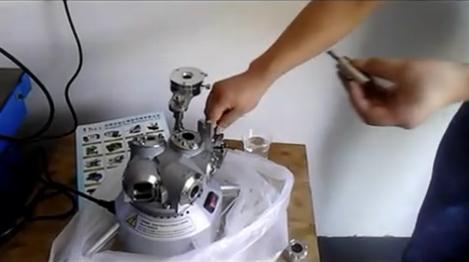
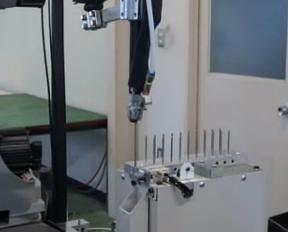
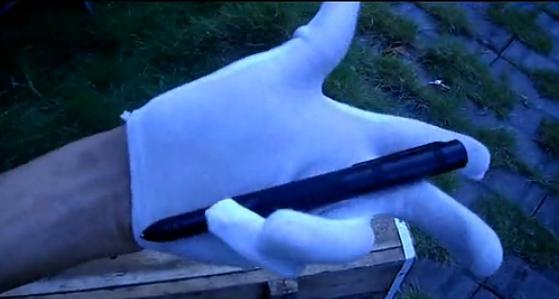
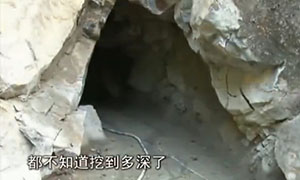
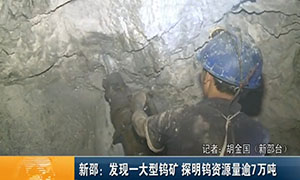
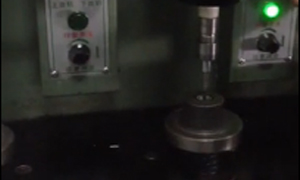

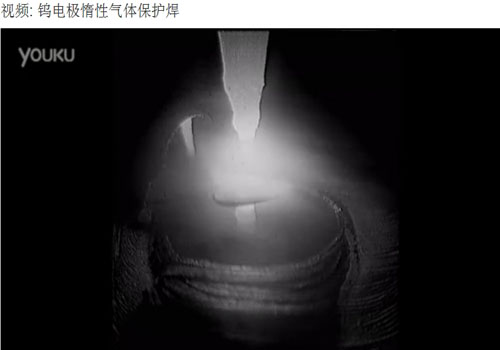
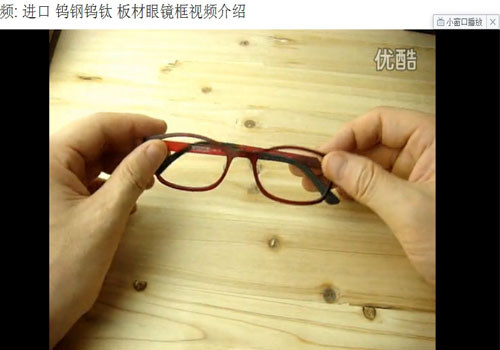
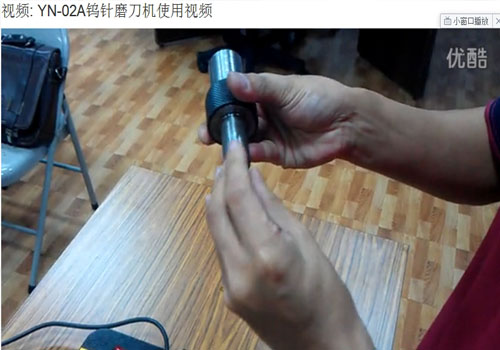
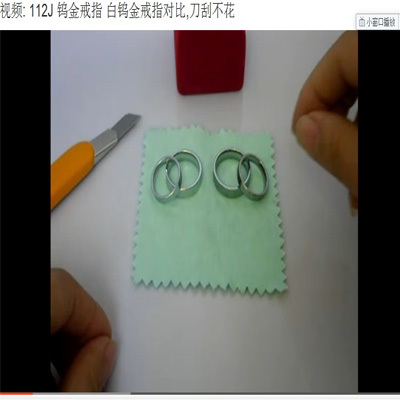
视频相关评论
loading...